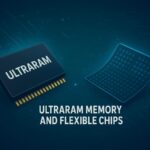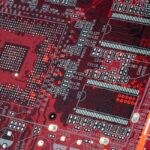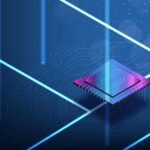Now Reading: High-NA EUV Lithography: The Future of Chipmaking at 8 nm Resolution
- 01
High-NA EUV Lithography: The Future of Chipmaking at 8 nm Resolution
High-NA EUV Lithography: The Future of Chipmaking at 8 nm Resolution
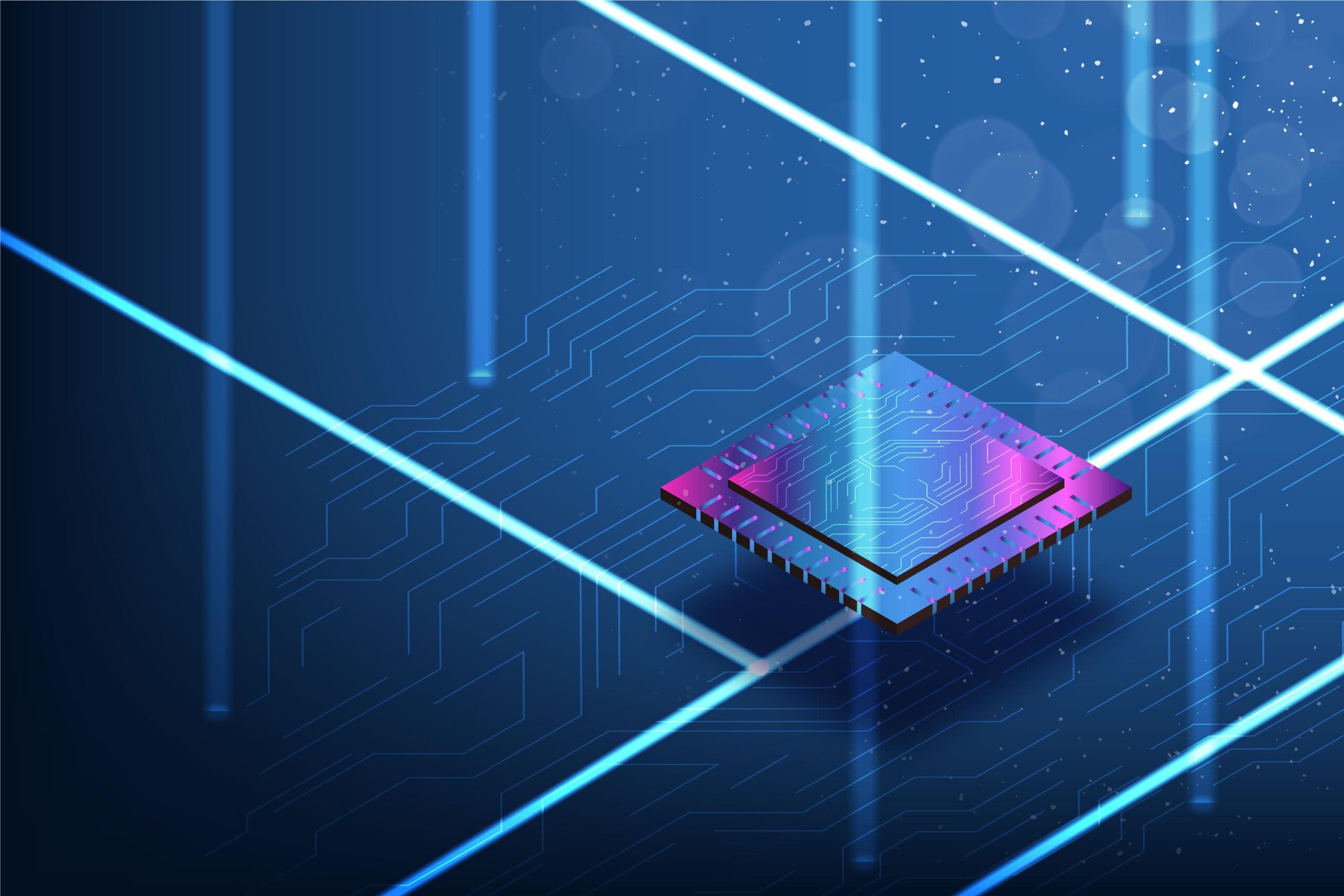
The semiconductor industry is entering a new era with High-NA EUV lithography, capable of printing features as small as 8 nm. Developed by ASML and adopted by Intel and SK hynix, it pushes Moore’s Law forward with 3× transistor density, higher yields, and lower complexity. From powering AI supercomputers to enabling next-gen memory and autonomous driving, the potential is enormous. While challenges like high costs and power demands remain, High-NA EUV is set to become the most transformative chipmaking technology of the decade.
Introduction: A New Dawn in Semiconductor Manufacturing
In 2023, Intel engineers gathered in a spotless cleanroom in Oregon, staring at a machine the size of a bus. It wasn’t just another tool—it was the world’s first High-NA EUV lithography system delivered by ASML. For many, it felt like history being written in front of them.
One engineer later recalled:
“When we powered it on, it was like standing next to a rocket engine. Except instead of launching into space, we were about to launch into the future of chipmaking.”
That machine marked a turning point. For years, experts predicted the end of Moore’s Law—the principle that transistor counts double roughly every two years. But High-NA EUV promised a new chapter: 8 nm resolution, 3× transistor density, and chips powerful enough to fuel AI, 5G, quantum research, and autonomous cars.
What Exactly Is High-NA EUV Lithography?
At its core, lithography is like printing a blueprint of a chip onto silicon wafers. Traditional Deep Ultraviolet (DUV) machines used 193 nm light, but those couldn’t keep up with shrinking transistor sizes.
Enter Extreme Ultraviolet (EUV), introduced commercially in 2019, using 13.5 nm light. EUV enabled 5 nm and 3 nm chips—but engineers knew it wouldn’t be enough for the future.
High-NA EUV upgrades the Numerical Aperture (NA) from 0.33 to 0.55. This higher aperture means the optics can bend light at steeper angles, producing sharper images on silicon. The result: features as small as 8 nm half-pitch.
Breakthrough innovations in High-NA EUV include:
Anamorphic Optics – special lenses that shrink patterns differently along the X and Y axes.
Giant Mirrors by ZEISS – polished to within 20 picometers (1,000× smaller than a virus).
Ultra-Fast Wafer Stages – accelerating wafers at 8g while maintaining nanometer precision.
More Powerful EUV Source – generating enough photons to keep production throughput competitive.
This isn’t an upgrade—it’s a complete reinvention of chip printing.
The Leap to 8 nm Resolution
Why does 8 nm resolution matter so much?
It packs 3× more transistors onto a chip compared to today’s EUV.
It reduces reliance on multi-patterning, cutting time, costs, and errors.
It enables new architectures like CFETs (stacked transistors) and 3D NAND with 1000+ layers.
It delivers chips that are smaller, faster, and more energy efficient.
Take AI as an example. When OpenAI trained GPT-5, it required thousands of Nvidia H100 GPUs, each with ~80 billion transistors. With High-NA EUV, future GPUs could reach 120–150 billion transistors, tripling AI computing power in the same space.
A Microsoft researcher put it best:
“Every improvement in semiconductor lithography is like rocket fuel for AI. High-NA EUV isn’t just a chipmaking tool—it’s an accelerator for human progress.”
Who’s Leading the Race in High-NA EUV?
High-NA EUV isn’t just about technology—it’s about global leadership.
ASML (Netherlands): The sole manufacturer of EUV and High-NA systems. Its Twinscan NXE:5200B sells for about $370 million each.
Intel (USA): The first company to receive High-NA EUV. Intel bets on it for its 14A process node (2026–27). CEO Pat Gelsinger often calls it Intel’s “moon landing moment.”
SK hynix (South Korea): In September 2025, it became the first company to install a High-NA tool in production at its Icheon fab. Engineers described it as a life-changing moment:
“It’s not just a machine—it’s our future. This tool decides whether we lead in memory or fall behind.”
TSMC (Taiwan): The world’s biggest foundry is cautious, preferring to wait until costs stabilize.
Samsung (South Korea): Preparing to deploy High-NA for both logic and memory chips, though timelines are under wraps.
The stakes couldn’t be higher: whoever leads High-NA EUV leads the future of semiconductors.
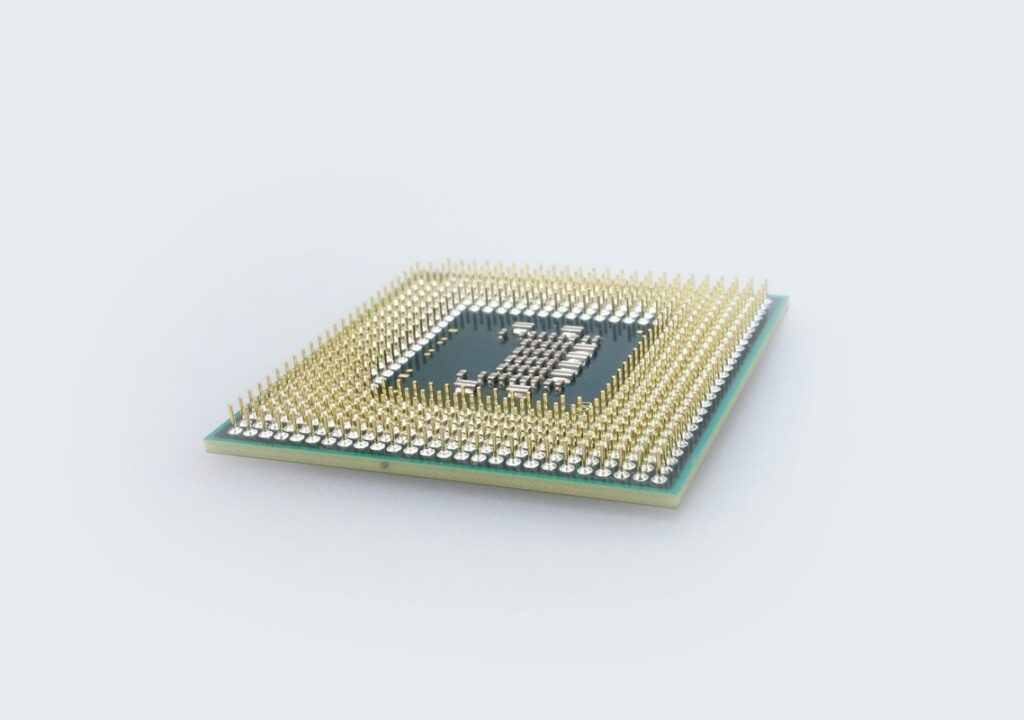
Advantages of High-NA EUV
Unmatched Resolution – 8 nm vs. ~13 nm today.
Simpler Processes – fewer patterning steps, faster throughput.
Better Yields – fewer overlay errors, higher wafer success rates.
Future-Proofing – path to 2 nm, 1.4 nm, and beyond.
AI & HPC Friendly – denser, faster GPUs and CPUs.
Memory Scaling – enables HBM4, DDR7, and next-gen NAND.
Challenges: The Dark Side of High-NA EUV
Every breakthrough comes with costs—literally.
Astronomical Price: ~$370 million per system, plus billions for fab upgrades.
Smaller Exposure Field: Limits die size—problematic for GPUs and server CPUs.
Shallow Depth of Focus: Requires new ultra-thin photoresists.
Massive Power Demand: ~1.4 MW per tool (as much as 1,000 homes).
Unready Ecosystem: Design software, masks, and materials must evolve.
Slow Rollout: Mass production isn’t expected until 2026–2027.
One TSMC engineer compared it to Formula 1:
“It’s like having the fastest car in the world, but no race track built for it yet.”
Real-World Applications of High-NA EUV
AI Accelerators: Faster, denser GPUs powering large language models.
Smartphones: Better battery life, higher speeds, 6G-ready modems.
Autonomous Cars: High-performance chips for real-time sensor fusion.
Cloud Data Centers: Lower energy bills with denser, efficient processors.
Medical Imaging: Compact chips for AI-powered diagnostics.
When SK hynix builds High-NA DRAM, smartphones may load apps instantly, cloud servers may run cooler, and AI assistants may become truly real-time.
The Road Ahead: 2025–2035
2025–26: Intel and SK hynix run pilot production.
2027–29: Samsung and TSMC begin adoption in memory and logic.
2030: Possible Hyper-NA EUV (0.75–0.85 NA) emerges.
2035+: Integration of EUV + photonics + quantum lithography could define the post-silicon era.
FAQs on High-NA EUV Lithography
1. What is High-NA EUV lithography?
A new form of extreme ultraviolet lithography with NA 0.55, enabling 8 nm resolution.
2. Why is it important?
It allows higher density, fewer patterning steps, and new chip architectures.
3. Who makes High-NA EUV tools?
ASML, with optics from ZEISS.
4. How much does it cost?
~$370 million per unit, excluding fab upgrades.
5. Who is using it now?
Intel (logic chips) and SK hynix (DRAM).
6. When will it hit mass production?
Expected by 2026–2027.
7. What are the main challenges?
Cost, power use, smaller field size, and ecosystem readiness.
8. Will it reduce chip costs?
Initially no—costs rise. But over time, per-transistor cost may drop.
9. How does it benefit AI?
Denser GPUs with higher performance for training and inference.
10. What comes after High-NA EUV?
Hyper-NA EUV and hybrid approaches like photonics + quantum.
Conclusion: Building the Future at 8 nm Resolution
High-NA EUV lithography is the semiconductor industry’s boldest leap in decades. With 8 nm resolution, it redefines what’s possible—fueling AI, cloud, smartphones, autonomous cars, and beyond.
Yes, the cost is massive, and adoption will take years. But as Intel, SK hynix, and others prove, the payoff could be nothing less than the extension of Moore’s Law into the 2030s.
The next time your phone feels faster, your AI assistant smarter, or your cloud service smoother—remember: behind it all, a bus-sized machine in a spotless cleanroom is quietly printing the future.






